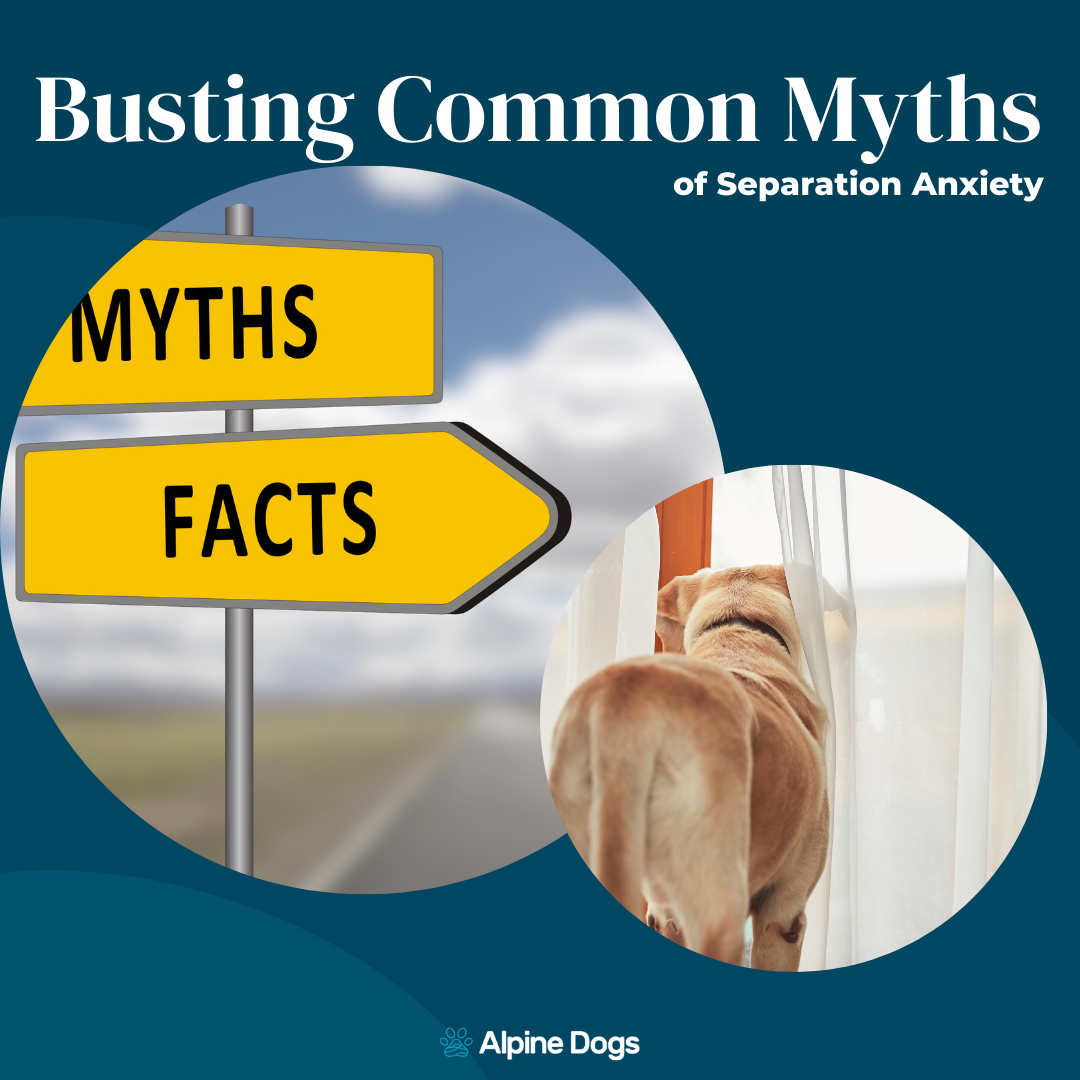Dog Walking at Night
This time of year I get lots of questions from concerned dog owners about their dogs being scared to walk in the dark. This is quite common, especially for young dogs who are experiencing fall for the first time.
If your dog gets easily spooked in the dark, barks at things they normally wouldn’t and are finding nighttime walks stressful, here are some tips.
- Avoid long walks at night– sure this is easy for me to say, but how is your dog going to get the exercise they need? What about bathroom breaks? While I’m not advocating for avoiding going outside altogether, I think that if your dog finds it scary there is no value in constantly exposing them to long stressful outings. Take your dog to their bathroom spot (on a leash, especially at night) and after they’ve done their business, bring them back inside. There are so many things you can do to exert your dog’s energy other than a leash walk. Make a flirt pole (trust me, do this. Your dog will LOVE it), teach a new trick, play hide and seek indoors, have a game of tug, feed them their dinner with a food puzzle. The list goes on and on. Not only will your dog be excited about these new ways you are engaging with them, but they’ll be tired and content afterwards, having had their needs met.
- Stick to well-lit areas– if possible, change your walking route to areas with street lights. Having a bit more light can really make walks easier for some dogs. Rather than sticking to your walks on trails off-leash, switch to leash walks on streets and sidewalks where your dog can see what is coming, rather than getting spooked in the dark.
- Talk to your dog– yes, you read this one right. Talk to your dog. Kim Brophey, author of “Meet Your Dog” is a huge advocate for talking more to our dogs and I couldn’t agree more with her. Also, buy her book! You won’t regret it. Ok, back to talking to your dog. If you can see a person or dog coming your way, narrate this story for your dog. “Oh look, here comes our friendly neighbour”. Giving your dog a heads up that they are about to see something new in their environment can really be helpful and make the event less scary.
- Pair seeing things with food– if your dog struggles with seeing people or dogs in the dark, pair seeing them with food. While walking in an area with street lights, and talking to your dog to point out that someone is coming, pop a treat in their mouth when they see the person or dog. Then keep popping treats in their mouth until the person has passed out of sight. This will help create a positive association with the event that they are finding scary. If your dog struggles with leash reactivity during the day, this protocol will be familiar to you already. I don’t advocate for trying this at night though if you are still working through reactivity with your dog during the day. There’s no need to make scary events harder, see tip #1 and avoid long walks at night.
- See and be seen– make sure other people can see you and your dog! There are some great products on the market to help ensure others can see both you and your dog. Wear reflective clothing, and purchase a headlamp. Trust me, having a headlamp is a gamechanger. It frees up your hands to manage the leash, get treats etc and is just an all-around great tool for dog walking at night. For your dog, there are reflective collars and leashes, lights for collars and my favourite, the Noxgear lighthound harness. This is an unpaid promotion, but Noxgear, I’m open to being sponsored if you read this! It fits dogs well and lights up so that your dog can safely be seen by others.
If you live in a northern climate, the good news is that once we have snow on the ground, it’s not so dark. For now, keep it simple. If your dog is really struggling, don’t make things more stressful by continuing with the same routine in the hopes that they’ll just get over it. Help your dog out, and try these 5 nighttime dog walking tips.
Have questions?
Saundra is always happy to chat. Reach out anytime!
|

